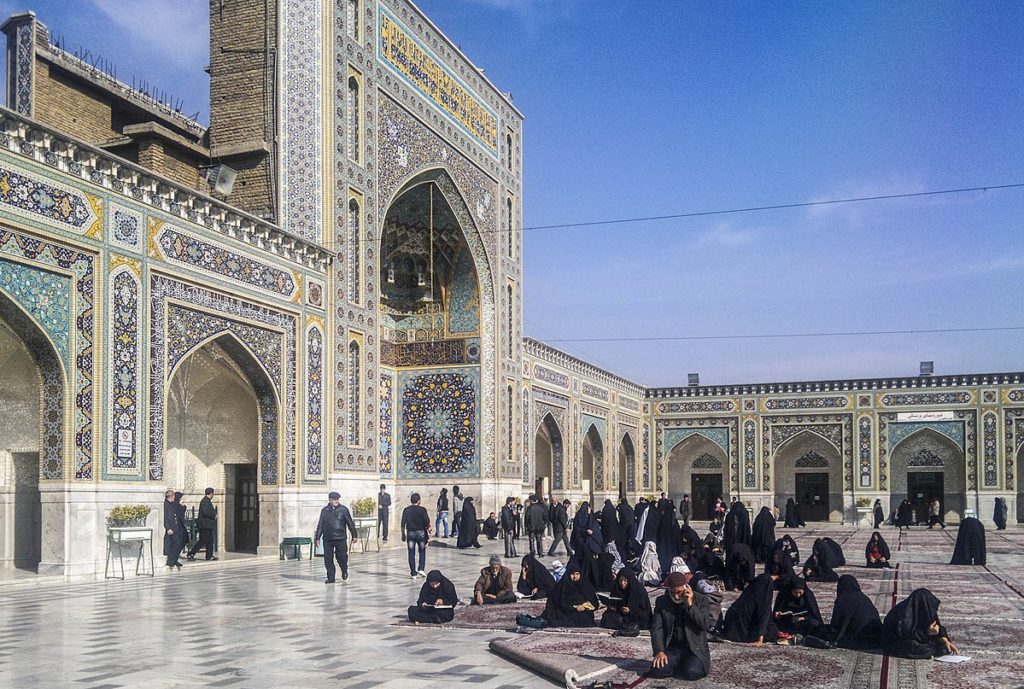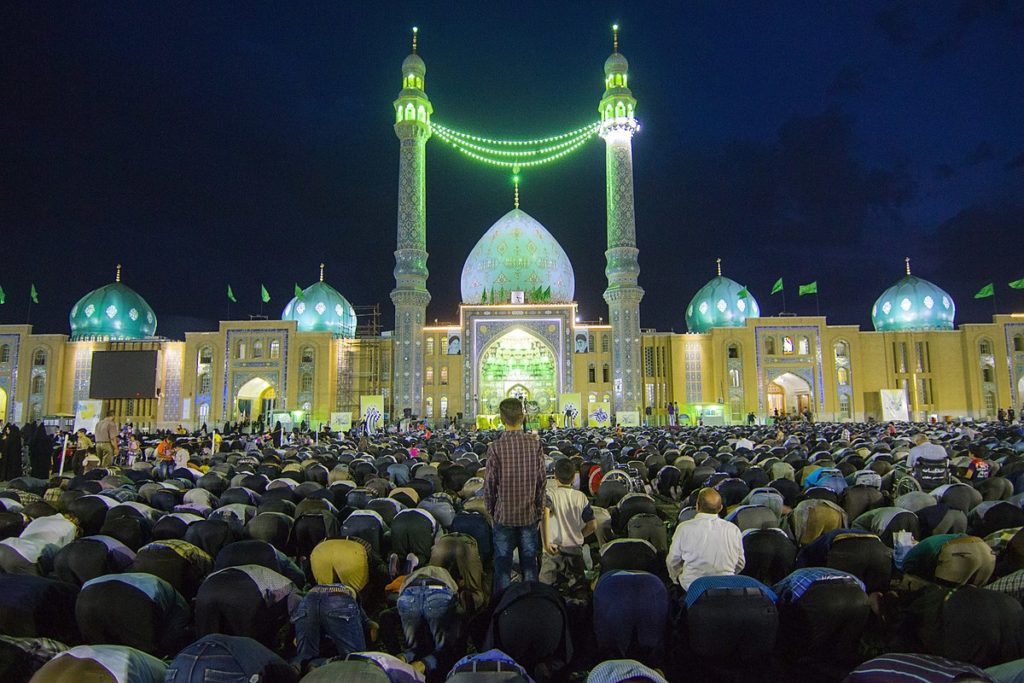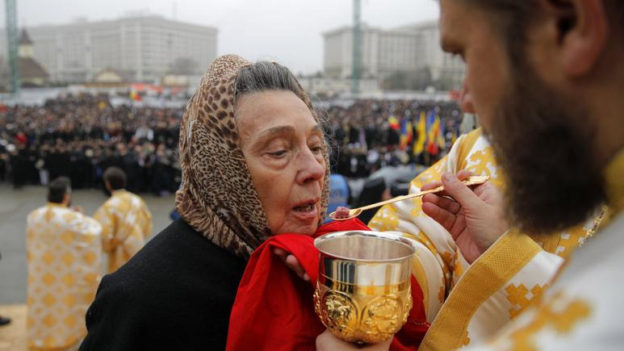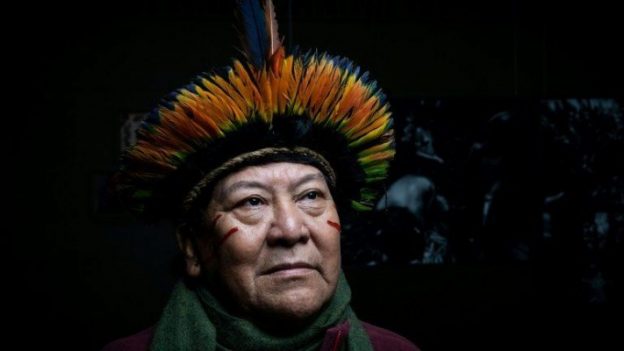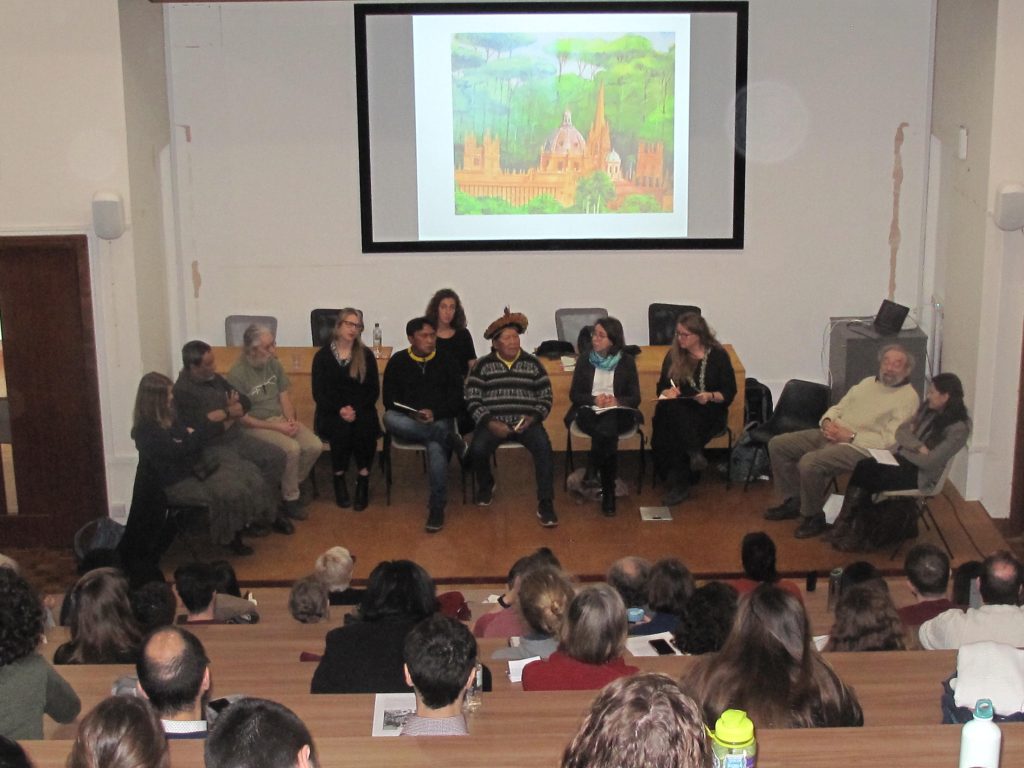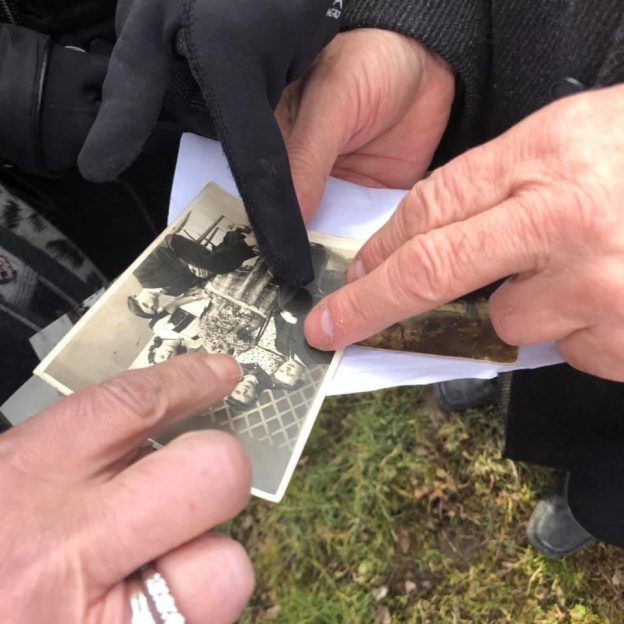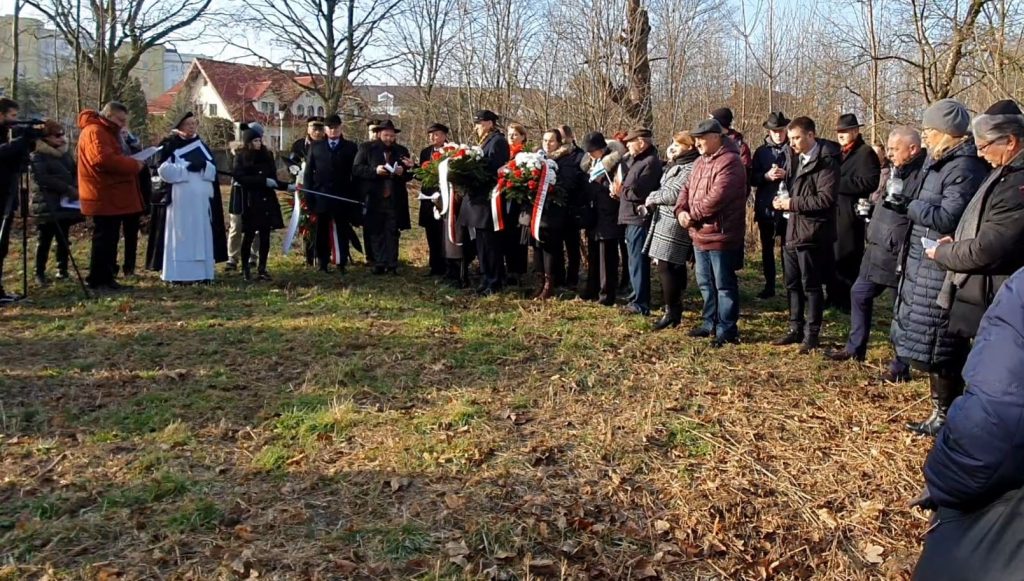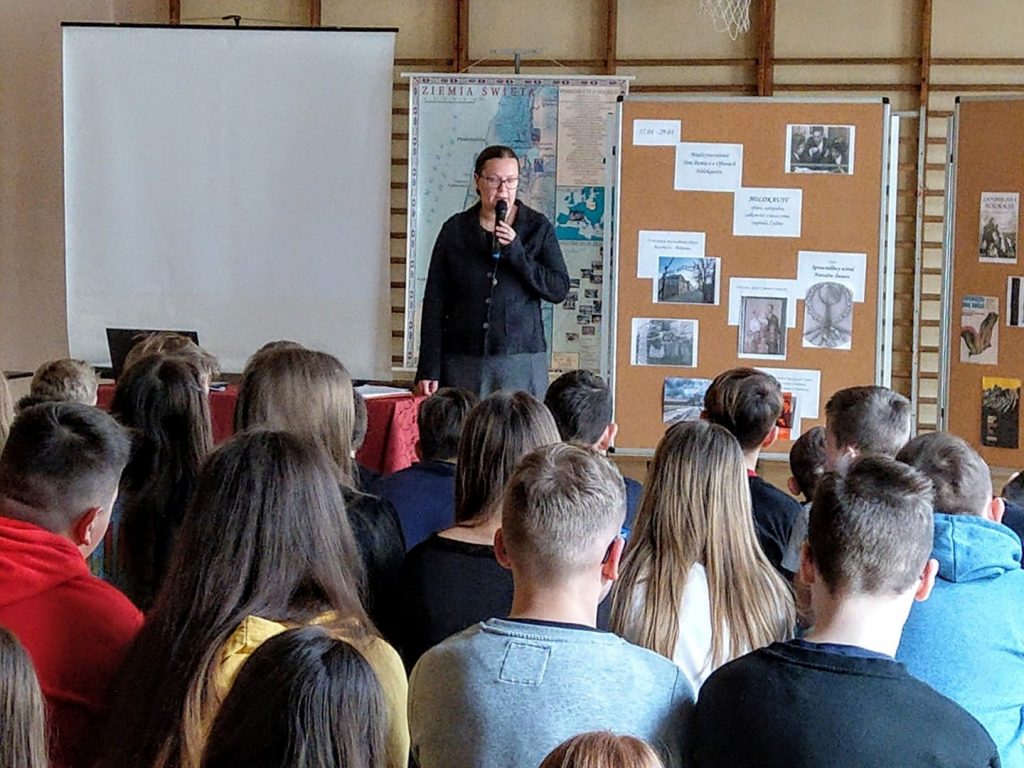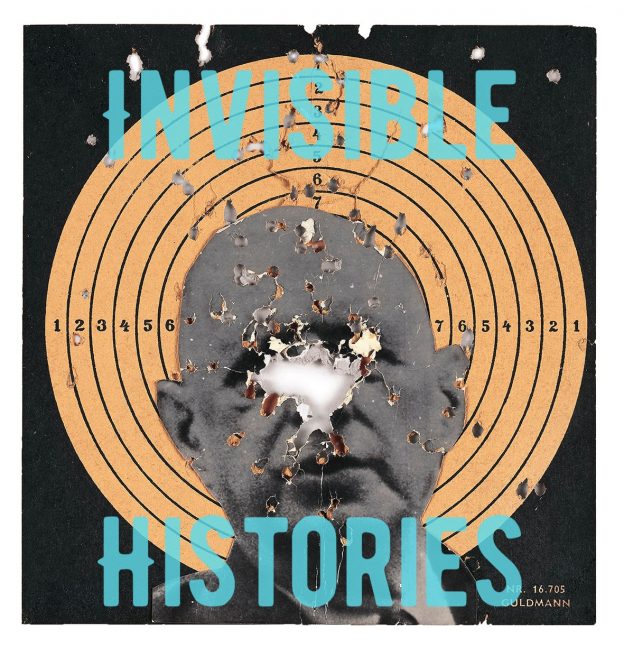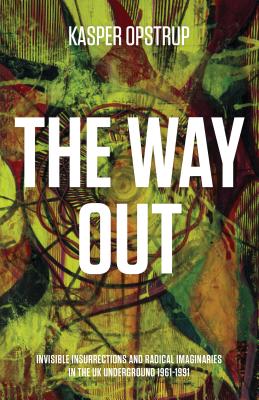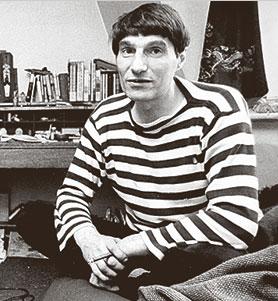By David G. Robertson
Reblogged from the Religion Media Centre: https://www.religionmediacentre.org.uk/factsheets/conspiracy-theories-are-rubbish-but-tell-us-one-truth/
In times of stress, people look for answers to their problems. When their usual answers aren’t working, they may reach for unusual answers. The sociologist Martin Stringer identifies this as situational belief — we might not “believe in” acupuncture, but if our back pain is bad enough, we may well be prepared to give it a try.
This goes for religion, too. The war-time expression, “There are no atheists in foxholes”, expresses this idea, and it is far from uncommon for people to “find God” after a serious illness or the death of a loved one.
It is also true for what we have come to term “conspiracy theories” (a phrase that is harder to define than you may think). Consider how conspiracy theories about immigrants have become more popular after the 2008 financial crash and the decade of austerity that followed.
In fact, health issues (whether our own or someone else’s) seem particularly to encourage people to “try out” ideas they wouldn’t in normal circumstances, and given that Covid-19 is the largest threat to public health for at least a generation (if not in terms of overall deaths, then in terms of its sudden onset and the uncertainty over its long-term impact), it’s not surprising that conspiracy theories have quickly sprung up.
In the UK, the leading narrative is that the spread of Covid-19 is being caused (or exacerbated) by the rollout of the 5G network. When theories like this seem to take off quickly, the reality is often that they combine with current ideas, with a ready-made audience.
The idea that the 5G network will cause health issues — or the 4G network, wi-fi, even power lines — has been around for years, and if you already accept that, it makes “sense” to then connect this to a sudden pandemic. I need to be clear, however, that this does NOT mean I think they are correct.
Similar conspiratorial narrative sprung up about the Aids/HIV crisis in the 1980s, and even the Spanish Flu after the Great War.
In the United States, Covid-19 has been drawn into the ever-evolving, millennial QAnon narrative, which believes a series of cryptic emails supposedly from a White House insider are clues to Donald Trump’s secret plan to “drain the swamp” once and for all. The connections to health concerns are still there, though less obvious; Q developed out of the PizzaGate narrative in the run-up to the 2016 election, which was itself a resurfacing of the satanic ritual abuse panic of the early 1990s. The panic was started by evangelical Christians and took off because it fitted well with widespread but largely unspoken concerns about the welfare of children in the post-nuclear family America.
These longer histories should make it clear that the internet isn’t “causing” conspiracy theories (a point made repeatedly by Joseph Uscinski) or that they are “new”. It is, however, making them more visible.
I was at the G8 demonstrations in Edinburgh in 2001 which turned into a riot. But a surprisingly small proportion of people there were actually demonstrators. Apart from the police, most were journalists or simply curious bystanders (like me). And the ones left fighting at the end of it were local bully boys who just used it as an excuse.
Online conspiracy theories work the same way. Conversations that used to be confined to the pub, a chat at the back fence or among close friends, now have a potentially global audience. This makes it easier for journalists to pick up on the story, and amplify it, particularly now when nothing else is happening to report on, but we are all shut in our homes and looking for entertainment. The core of committed “believers” stays small, but the circle of curious bystanders, and trolls who delight in kicking the hornet’s nest, grows larger and larger. For a short while, anyway, until the next novelty comes along.
It concerns me, however, how quickly the demands have come to silence such ideas, and control the narrative by force, for example You Tube’s decision to ban all conspiracy theory videos falsely linking coronavirus to 5G.
Rather than getting angry at what we see as an outbreak of mass irrationality, a more constructive approach would be to see these conspiratorial narratives as evidence of broader concerns.
Covid-19 is one, to be sure — but so is the position of China in the global power structure, the pace of technological change, and the massive inequality in modern society. Indeed, the long-term discussion around Covid-19 may itself begin to revolve around the pace of development, and how for-profit technologies so often seem to outpace those for the common good.
A conspiracy theory doesn’t have to be correct for it to tell us a lot about the problems in our society.



